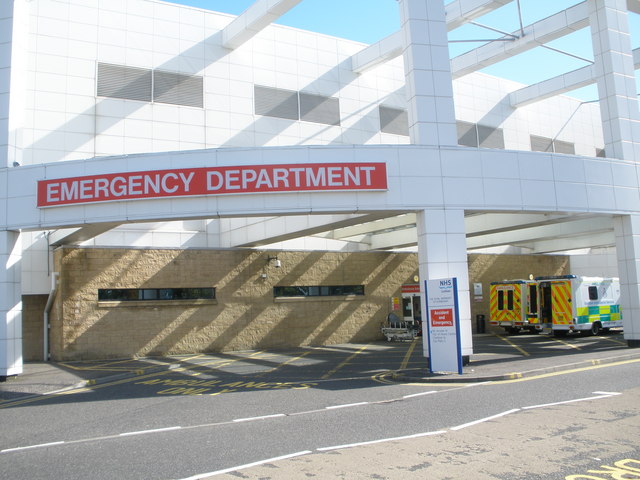More people are waiting over 4 hours to be seen in A&E than ever before, according to government statistics. Only 84% of people were seen within 4 hours in October 2016, the worst performance ever recorded in October, and 5% worse than last year.

Not only did A&E have its worse October on record, so did 999. Only 69% of patients who stopped breathing, or had no pulse, had an ambulance arrive within the recommended 8 minutes. This number fell to 63% when other types of life-threatening calls are included (e.g. severe bleeds, strokes).
To top off a truly disastrous triad for the NHS as it approaches the annual ‘winter crisis’, delayed transfers of care took up more time than ever before. Patients spent over 200,000 days in hospital in October, not because they were ill, but because they couldn’t be moved out of hospital. Delayed transfers (horribly known as ‘bed blocking’) occur for many reasons, the commonest being unable to find spaces in either care homes or other NHS facilities.

These three indicators (999 waits, A&E waits and delayed transfers) act as a proxy measure for the slack in the NHS. Good numbers in each mean patients are flowing in and out of hospital in a timely manner. Bad numbers mean the NHS is becoming increasingly bottlenecked, and pressure is building up with the system.
Given that all of these indicators typically worsen over the winter, it seems unlikely we’ll be seeing any improvements in the data in the upcoming months. In all likelihood, we’ll see the most pressurised winter in the NHS since records began. Maintaining quality of care in such an environment will be a Herculean task.
